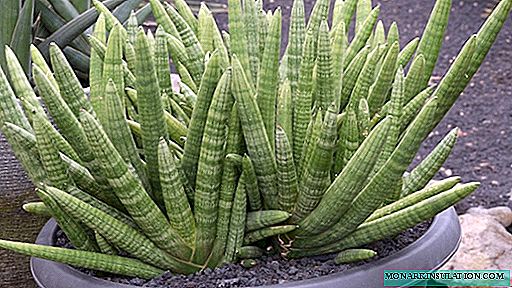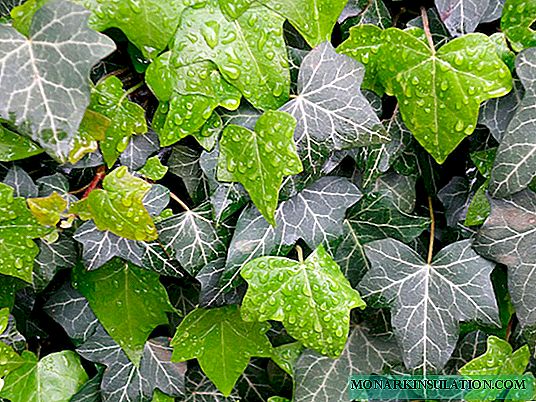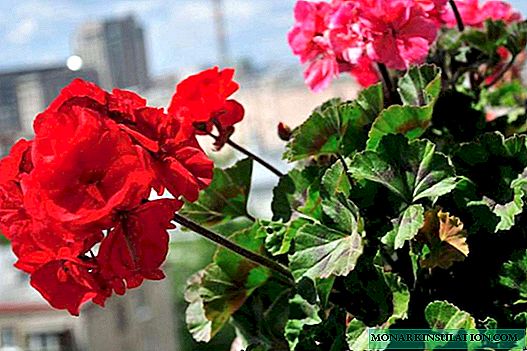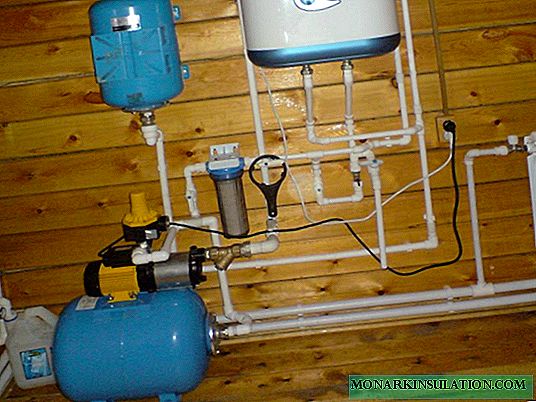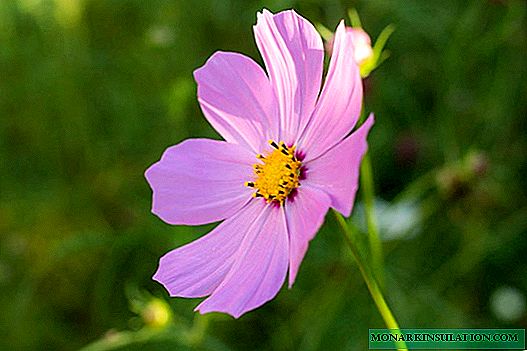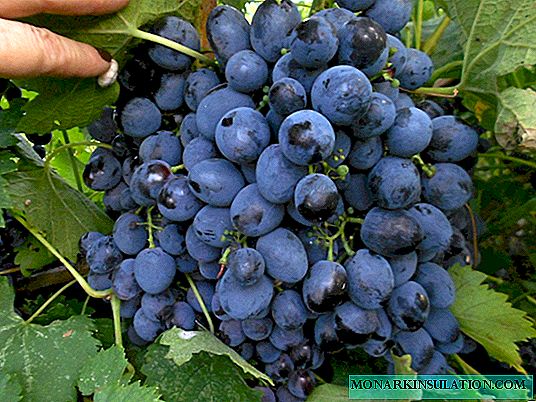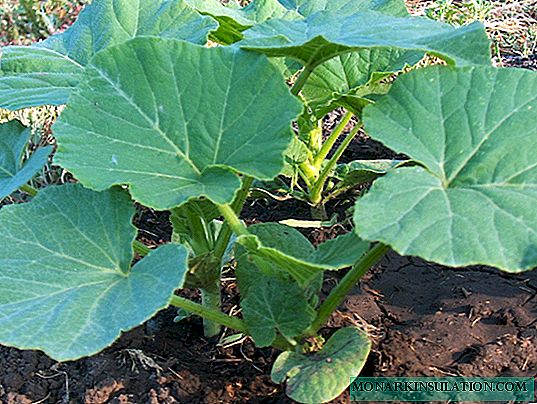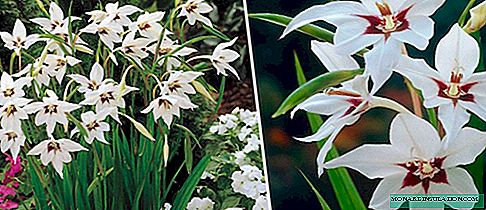
A beautiful fence is a business card at home. It should not only protect its owners from "uninvited" guests, but also act as a wonderful addition to the design of the site. From the whole variety of types of fences, forged fences stand out spectacularly, elegant lines and delicate metal weave which simply fascinate with their beauty. However, the fences created by the masters are quite expensive, and therefore not many can afford to have such beauty on the site. Making forged fences with your own hands is not an easy, but quite feasible task, which you can accomplish by knowing and taking into account the main points of assembly of the product.
Varieties of forged fence designs
Beautiful forged fences are made of metal rods, which are placed at a short distance from each other, forming an elegant protective structure. No other types of fences have such a variety of patterns and do not deliver such aesthetic pleasure as openwork wrought-iron fences. There are three main types of fences: protective, decorative and combined.

Protective fences are solid sectional fences that are durable, elegant and beautiful.
All elements of stamped sections are connected by welding. Assembly and installation of sections is quite simple and quick. Protective fences belong to the category of inexpensive metal fences.

Decorative fences differ from their counterparts in a higher artistic level of performance. Luxurious fences are obtained through the use of a special method of finishing iron - art forging
Decorative fences are expensive because they are often made to order and design chosen by the client or craftsman.

Combined forged fences, which are a cross between the options presented above, are welded fences complemented by forging elements
Combined fences combine the aesthetic qualities of decorative fences and protective structures.
Stages of building a fence with forging elements
The combined version of the fence is the best solution for making a fence decorated with forging elements with your own hands, since the cost of its construction goes much lower than decorative analogues. To make such a fence, you will need an electric welding machine with electrodes, a grinder, equipment for cold forging (snails, torsion bars) and other small tools for working with metal.
Preparatory work
One of the first stages of any construction is the construction of the foundation. First you need to mark the territory with pillars and calculate the required number of sections. Measurements should be made with maximum accuracy so that the finished sections fit freely between the posts.
It would be good at this stage to make a drawing or sketch of the forged fence on paper indicating all the necessary sizes.

Forged fence, equipped on a concrete base, where 1 is a strip foundation, 3 is a supporting metal pillar, 4 is forged elements, 10 is the ground level
The original design of the fence can be invented independently, selected on the Internet or entrusted to a master with a well-developed aesthetic taste. Here is a small selection of options.

Thinking over the sketches of forged fences, it is important to consider how technologically feasible the execution of the plan is
Forged sections combine well with both brick and concrete poles, as well as ordinary metal supporting structures.
Under the support pillars of the fence, you can lay a traditional strip or column foundation, or build them on a pile-screw base. It is also possible to install poles in a previously dug trench, followed by welding them with a reinforcing frame and concreting. This design will be a strong and durable support for forged fence.
Columns should be placed strictly vertically, otherwise installation errors can lead to distortions of the structure. Special fasteners are mounted on the installed metal support posts. So that rainwater does not fall into the cavity of metal columns, their tops must be brewed or decorated with decorative waterproof caps.
Related article: Installing fence posts: mounting methods for various structures.
Production of forged fence sections
Fences are made of metal round or faceted rods with a cross section of 12x12 mm, the thickness of which allows for sufficient strength of the forged fence. And many masters of art forging prefer to work with faceted rods.

If we compare the decorative qualities of the rods, then the most spectacularly and representatively look fences made of rods with a faceted contour
The collection of each section begins with the manufacture of a frame from a metal profile. To make the frame an even construction with right angles, it must be assembled on a spacious and even surface. All corners of the frame should fit snugly against the work surface, and not in a suspended state.

In the assembled frame with neatly made welds, you can mount vertical peaks, decorated with forged finishes
We proceed to the most creative stage of the manufacture of the fence. Among the wide range of ready-made forged decorative elements for the fence, you can always choose the most suitable combinations that will become a spectacular addition to the building envelope.
When deciding to make forged balusters in the form of a vine, openwork spirals or other curls on their own, it is better to try to start to perform elements that are not too complicated to manufacture. It will take some time to master a new technique for yourself, but having adapted to the instrument and having acquired skills, you can create more complex lace patterns.
An example of creating patterns for a fence on a homemade machine:
Making curls is best done on equipment that is placed throughout the forging process in one place, so that all the elements of the pattern are the same diameter.
In order to visualize what appearance the section will have in assembled form, curls, rings, torsions and other decorative elements should be laid out inside the frame. Having decided on the ornament of the section, with the help of a chalk or marker, it is necessary to note the location of the elements.
You can start welding. It is advisable to first forged elements only to “grab” and not to weld “tightly”, this will make it possible to make adjustments and shift them in the right direction. "Grips" are preferably performed in the least visible places. After making sure that all the elements are seated “in their places”, you can turn the section over and thoroughly boil all the “tacks”.
Article in the topic: DIY forging - how can I use it in the garden?
After welding, the fence has a not very attractive appearance. It is fearless, after painting any defects will disappear. When the fence cools down, it can be prepared for painting.

The surface is wiped with a grinder, metal brushes and grinding wheels, cleaned of rust, oil and small debris, degreased and coated with paint
Any solvent can be used for degreasing. The dried surface of the fence can be treated with an anti-corrosion compound and opened with paint. When working with metal, it is better to choose anticorrosive compositions of contrasting shades with respect to the color of the surface, then when applied, the still unprocessed areas will be clearly visible.
If you order a fence from the blacksmiths ...
If, after reading, it seemed to you that the forged fences are too difficult to make yourself and you decided to order them from specialists, then this video will be useful for you to watch:
A forged fence decorated with twigs imitating vines or tree trunks can organically fit into any site design.

